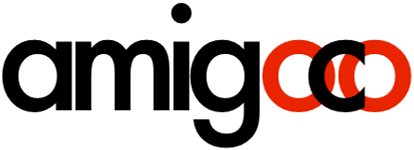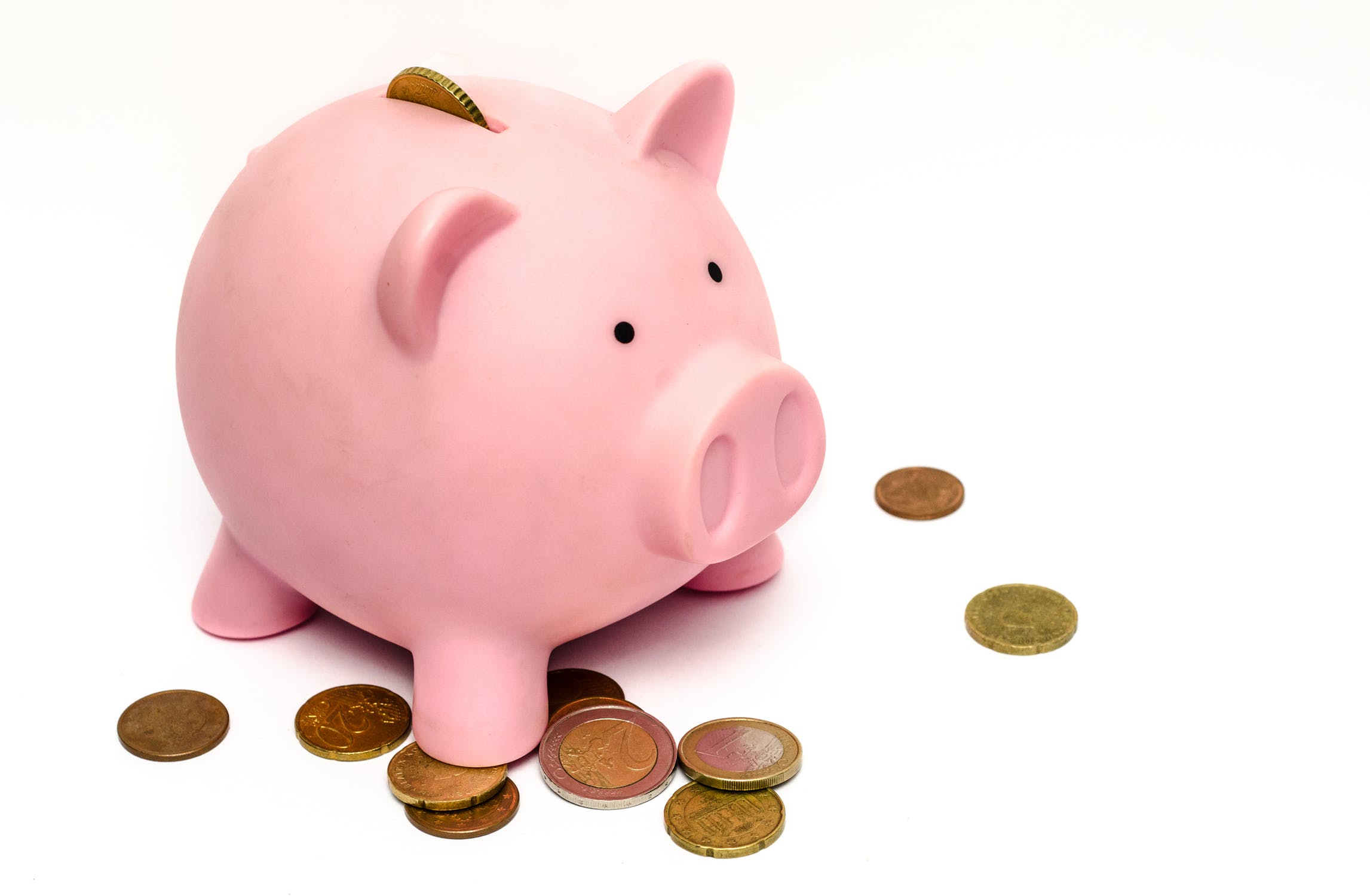TL;DR
- Inspire your team to deliver improvements with a vision or “dream”.
- Control your costs by limiting the proportion of your budget associated with high risk innovation.
- Continually measure the success of your decisions, making iterative improvements that compound the benefit of marginal gains.
Envisage the scene… Several highly skilled specialists with expertise across various disciplines are spending an inordinate amount of time deliberating the merits or otherwise of a particular solution, proposal or technology, the risks of not making certain improvements or change, or why certain things are “broken” and must be fixed. Debates in this regard can become frustrating and exhausting, but there are simple questions you can ask to help find a way forward.
Why are we doing this?
An often lauded keynote from Martin Fowler defines architecture as “Shared Understanding” + “Hard stuff to change” -> “The important stuff”. Breaking this down, we have:
– Shared Understanding: Our feelings in this regard are already laid out here: Manageable Artefacts. Architecture will only expose where shared understanding does not already exist and quick discussions will help understand this without having to proceed to design or code.
– Hard stuff to change: If after a quick discussion a shared understanding is clear, try and get the team to sketch out what a solution may involve. If this involves new processes, methods of access, software, different types of components and new patterns unfamiliar to the team, it’s likely to be harder to change than something already well established.
– The important stuff: Now here’s the crux, who decides whether or not something is important? Do you run an autocratic, democratic or meritocratic organisation that follows certain principles or processes to help you determine this? It’s imperative to regularly assess whether your organisation or team is focusing on the correct thing. To help kick discussions off in this area, try and think about your vision or “dream”, as opposed to a plan. Visions are often observed at an organisational level, but doing this in other areas will likely inspire and motivate your team.
How does this make economic sense?
Unless you’re in the business of providing freeware or open source technology, calculating when a particular solution will realise some benefit is often used as a measure for arguing the merits of its implementation. A commonly quoted metric is “Return on Investment (ROI)”. The problem with this metric is that it provides no way of incorporating risk. For example, how certain are you that the ROI timescale is correct? Borrowing another example from investment, we can model this using “Risk-Adjusted Return on Capital (RAROC)”. Using this model it’s clear to see the more time and money you spend to realise a potential gain, increases your risk. This is why exploratory work on unknowns must be time limited and why you must be careful running lots of small parallel innovation projects, as these can become bets that amount to nought.
What is the real cost and value?
Let’s say you have established the most desirable solution to a particular problem or opportunity. Similar to defining a vision or target operating model, this is often a good place to start as it helps the team utilise their creative “right-brain” thinking, bringing out all the possibilities and ideas you can think about in the time available. Now the real work starts and you must decide which of these ideas or combination thereof provide a solution of value, with a satisfactory outcome and in an acceptable timescale. This approach helps focus the mind. While there are many techniques you can employ to map out potential solutions, it’s important to focus on what can be done in the nearer term using the people and technologies you have, and measuring the likelihood of delivery based on metrics both from a decision making point of view and historically from any similar pieces of work.
Finally, it’s vitally important to measure the success of your decision making. Through an iterative improvement process you will realise the benefits of marginal gains and become more adept at spending money where it matters most and on work with the greatest chance of successful delivery.

